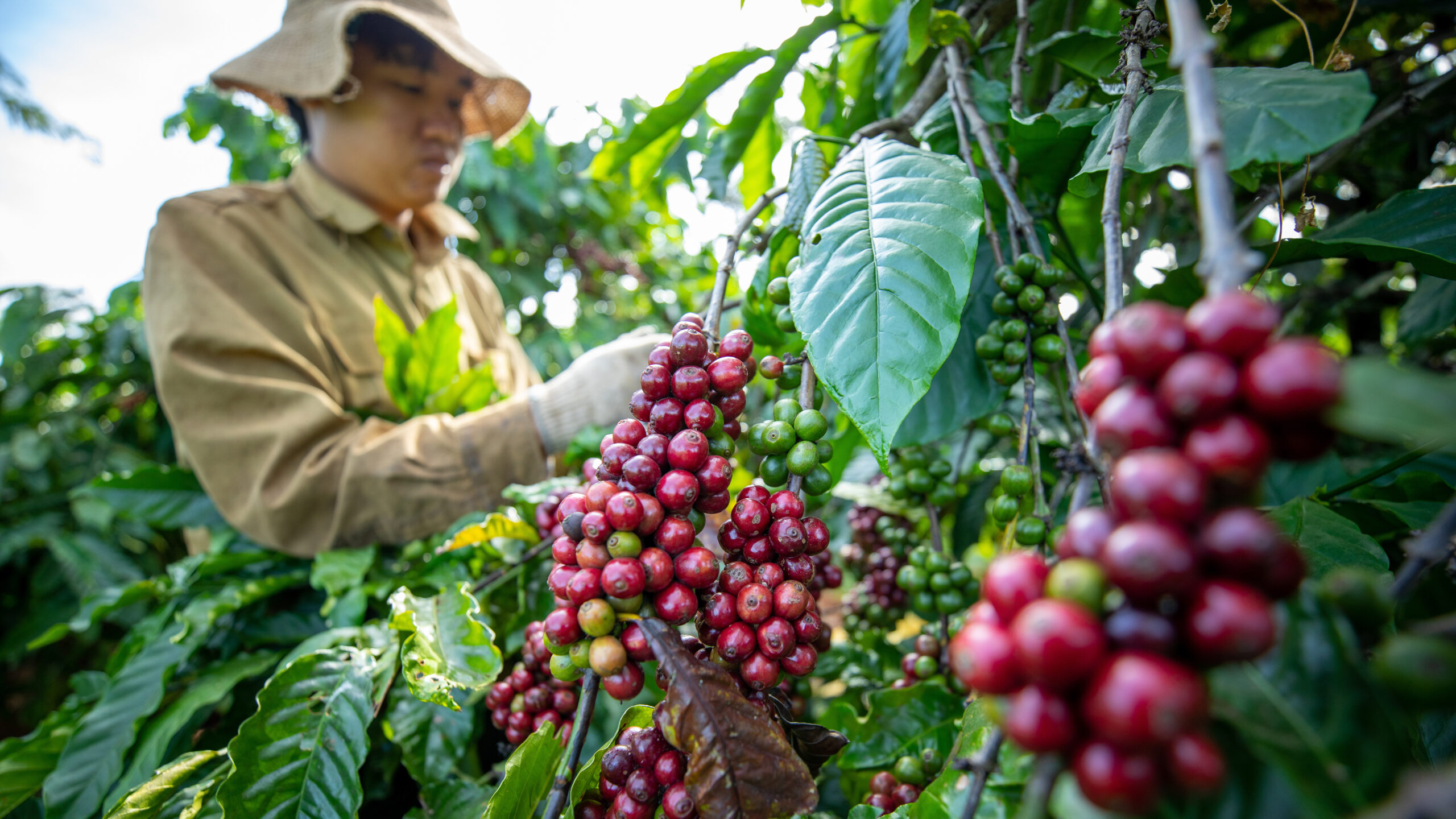The missing piece of Africa’s agriculture puzzle A new IFPRI research paper, What is the Irrigation Potential for Africa? A combined biophysical and socioeconomic approach, provides an overview—and offers solutions to—Africa’s irrigation landscape.
According to estimates, only six percent of the continent’s farmland is irrigated. In contrast, it’s 37 percent in Asia.
As a result, crops in Africa rely on rain—despite irregular and insufficient rainfall, frequent drought, and the existence of ample, untapped water resources.
Because irrigated crop yields are double or more than comparable rainfed yields, tapping into this irrigation potential is essential for boosting the continent’s agricultural productivity—the lowest in the world. Africa Infrastructure Country Diagnostic (AICD) reports that per capita agricultural output in Africa is 56 percent of the world average. According to an FAO study, nearly 60 percent of Sub-Saharan Africa’s rural population could benefit from water investment.
The north-south divide
Not all corners of Africa under-utilize irrigation. Two-thirds of Africa’s roughly 13,400 hectares of irrigation-equipped land is concentrated in just five countries, most of which are in northern Africa: Egypt, Morocco and Sudan; Madagascar and South Africa also have large irrigated areas.
Unlike Sub-Saharan Africa—where only 4 percent of the land is irrigated—28 percent of northern Africa’s cultivated land is irrigated. In some cases, however, northern Africa has over-used its scarce resources. Extensive and sometimes unsustainable irrigation practices have become constraints to economic development.
Sub-Saharan Africa is poised to gain the most from invigorated irrigation efforts. Water withdrawals as a share of total renewable water resources are 219 percent in northern Africa, but only one percent in Sub-Saharan Africa.
Informed policies and investments are the solution
What is the Irrigation Potential for Africa? A combined biophysical and socioeconomic approach argues that the root of the irrigation problem isn’t a lack of water—but a dearth of informed policies and targeted investments that are tailored to a region’s specific landscape and economy.
This important study examines the potential for both the large- and small-scale expansion of irrigation in







